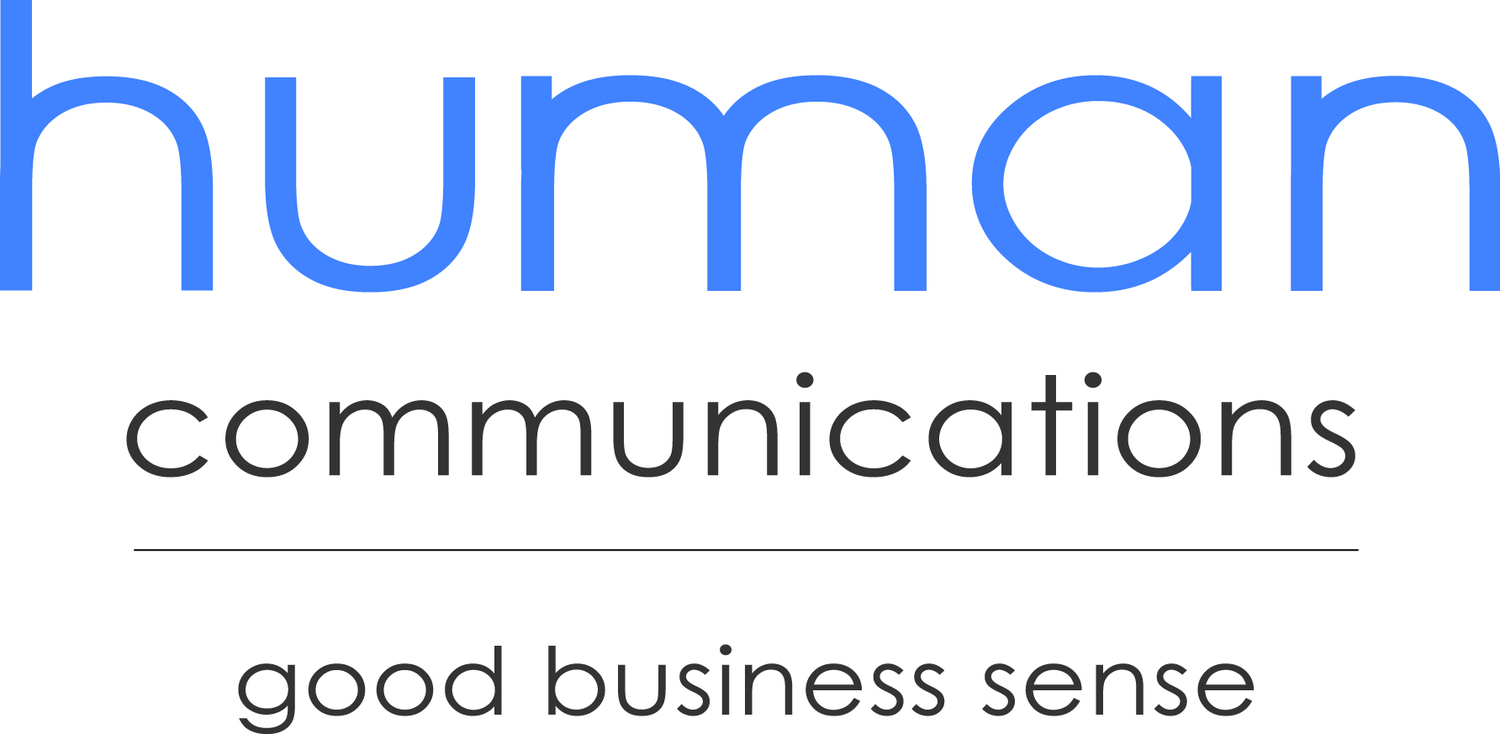Smiley faces in business emails may not have desired effect, suggests research
It’s often said that a picture is worth a thousand words. And these days, whether it’s a smiley, a winking face or a heart, it seems almost everyone is using emojis to communicate.
For those who can’t get enough of them, there’s even a film out this summer called The Emoji Movie.
However, while these symbols are becoming increasingly commonplace in emails, do they really have a place in business communication?
According to a new study carried out by researchers at Ben-Gurion University of the Negev (BGU), the use of a smiley face emoji in a business email may not create the positive impression hoped for by the sender.
“In formal business emails, a smiley is not a smile”
Researchers from BGU, University of Haifa and Amsterdam University conducted a series of experiments involving 549 people from 29 countries.
“Our findings provide first-time evidence that, contrary to actual smiles, smileys do not increase perceptions of warmth and actually decrease perceptions of competence,” said Dr. Ella Glikson, a post-doctorate fellow at BGU’s Department of Management. “In formal business emails, a smiley is not a smile.”
In one experiment, participants were asked to read a work-related email from an unknown sender and rate that person’s warmth and competence. They all received similar emails – some with smileys and some without.
The results showed that, unlike a face-to-face-smile, an email containing a smiley did not convey warmth and competence – and actually had a negative effect on the sender’s perceived competence.
Another finding of the research, published in the journal Social Psychological and Personality Science, was that the use of smileys might undermine information sharing.
“When the participants were asked to respond to e-mails on formal matters, their answers were more detailed and they included more content-related information when the e-mail did not include a smiley,” said Glikson.
In another experiment, the research looked at the use of smileys compared with photos of either a smiling or neutral face. The results showed that when it came to photos, participants rated the person smiling as more competent and friendly than the person with the neutral expression.
"For now, at least, a smiley can only replace a smile when you already know the other person"
However, when asked to look at a work-related email featuring a smiley, participants perceived the sender to be less competent, while the smiley had no impact on how friendly they believed the sender to be.
The study also looked at the role of gender, and found that when the sender of an email was unknown, participants were more likely to assume the sender was a woman if the email contained a smiley.
“People tend to assume that a smiley is a virtual smile, but the findings of this study show that in the case of the workplace, at least as far as initial ‘encounters’ are concerned, this is incorrect,” said Glikson.
“For now, at least, a smiley can only replace a smile when you already know the other person. In initial interactions, it is better to avoid using smileys, regardless of age or gender.”
While smiley face emojis may be fast becoming an integral part of our online communications (and, for some, the focus of a summer cinema visit), it seems they don’t yet have a role in the workplace.
So if you want to be taken seriously at work – and encourage colleagues to share information with you – it may just be time to ditch the smiley faces :-(
Keen to improve your business communications? Find out how our editing and proofreading services can help.











A picture can be worth a thousand words. But new research shows that when it comes to business emails, smiley faces don’t have quite the same effect.